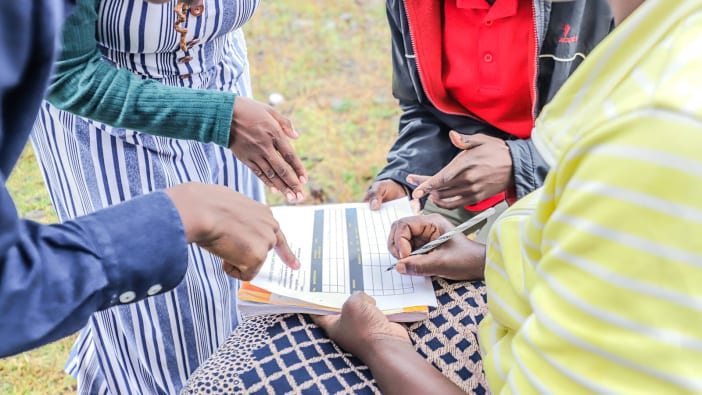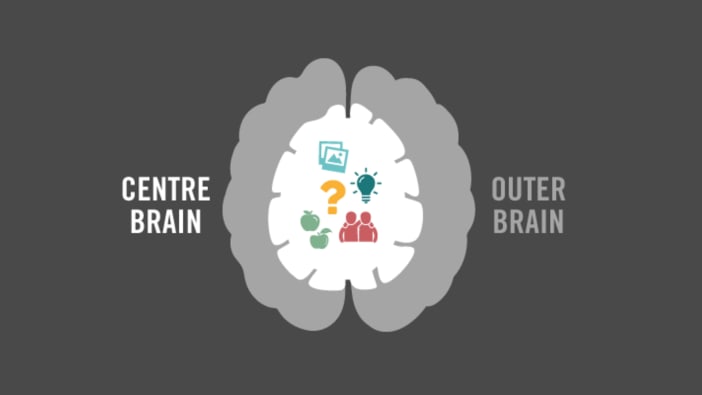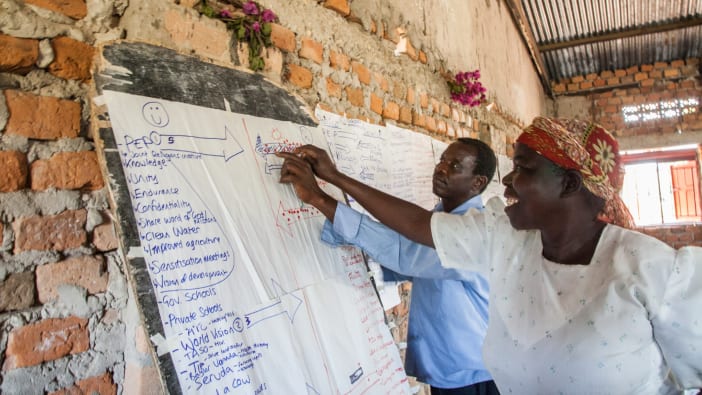by Ben Osuga.
Communities are often visited by various groups of people who hope to help the community. These visitors often bring with them packages of assistance which they expect the community to welcome. When communities are visited in this way, they develop their own expectations about the visitors and their future plans.
Questions and answers
When community members are told about visits, some questions are immediately raised – such as…
- Who are the visitors and where do they come from?
- What are their motives?
- Are they foreigners?
- Have they come here before?
- What did they give elsewhere?
Depending on the answers to these questions, the community will form their answers for the visitors. These answers are usually what the community expects the visitors will want to hear! For example, if an agriculturalist visits then the most important need will be for hoes and seeds – but if a medical group visit, then the most important need will be for health services.
Communication problems
The visitors will then share a set of conditions which will help the community’s chances of receiving the package of help. These conditions almost inevitably include so-called community participation. Many people talk of community participation but they only bring the community into their own, already-planned activities. Very rarely do leaders or visitors spend time with the community ‘looking, listening and learning’ so that they actually understand and share in the community’s own priorities for action.
This is nearly always a problem – there are several common reasons…
- Activities which are really begun by the community are often rather slow, time-consuming and not quite professional.
- Leaders bring in their own ideas from other projects and do not want to adapt them.
- Donor agencies like to see results – sometimes the community has priorities which are not easy either to change or to measure.
Levels of participation
Using the services provided - The programme is introduced by outsiders. The community makes use of the services available.
The pre-planned programme - The programme is developed outside the community which is then invited to take part. Some efforts are made to develop skills within the community and encourage some input.
Involvement based on community decisions and priorities – This level means that communities are helped to develop significant skills, identify needs and plan future action.
Community empowerment - Here, the community becomes fully aware and can take control of their own development process.
There are several things which can block full participation. They include…
- believing that development matters are very technical and should be left to ‘experts’
- encouraging curative services – clinics, hospitals – instead of preventive or primary health care
- poor communication between development centres and the community.
Encouraging real participation
Using primary health care as our example we will now show how the development of community particapation should be seen as a process where the different stages are carried out in a flexible way. In this way, the community will take the process to be its own and will continue with activities.
The essential thing is to interest the community in becoming self-reliant. At first the outside programme will have most of the ideas, responsibilities and sense of ownership. They will make most decisions and bring in many of the necessary resources. However, in time the community will develop the ability and capacity to lead, plan, make decisions and organise many of the resources.
There are seven steps to encouraging real community participation…
1. Awareness-raising
The aim is to help communities understand the idea of primary health care. Raising people’s awareness will help people to…
- understand what is happening in their village and surrounding district
- understand that preventing disease is useful and worthwhile
- begin to have a clear sense of ownership of their resources so that they improve their own health
- understand that the community is responsible for health and organising activities
- understand the different roles of health committees, health workers and traditional birth attendants.
- The process of raising awareness takes a long time and there are no short cuts!
2. Training
Training is needed at a variety of different levels…
National level – Training of facilitators
District level – Training of facilitators, trainers and programme leaders
Local level – Training of trainers, programme leaders and health committees
Community level – Training of resource people – health workers, traditional birth attendants, traditional healers, health committee members.
3. Identifying primary health care in the community
This, again, is done at a variety of levels…
District level – Discussions with the various government and health departments about primary health care and practical activities that would improve things in the communities.
Local level – Obtain the support of community leaders. Repeat the awareness-raising process. Agree on the practical ways to introduce primary health care.
Community level – Meet with community leaders to introduce these ideas and begin to raise awareness through home visits. Call a community meeting and select a village health committee.
4. Helping the community start its own health care
Continue the process of awareness raising. Out of this process will come…
- an agreement of partnership between the community and the programme
- identifying the main problems and practical solutions to them
- the selection of committee members to lead the community-based health care project.
5. Understanding the present situation
Train the health committee and other resource people in gathering information about the present situation and understanding of health. For example, villages could be visited and encouraged to talk about the cases of diseases and their local names and treatment. Their hopes and needs have to be understood before the health project is begun.
6. Action and monitoring
Once the health programme is in operation…
- make regular follow up visits (for up to five years)
- bring communities together to share experiences and plans
- reinforce links with the local health units and with extension workers
- provide refresher training.
7. Evaluation
Together with health committees, sponsors and extension workers, discuss how well the original objectives have been met. Based on these findings and the lessons learned, encourage the development of new ideas and plans for future work.
Ben Osuga is the OXFAM Technical Advisor to the Uganda Community Based Health Care Association. This article was adapted from a paper presented to Government officials in Uganda.









